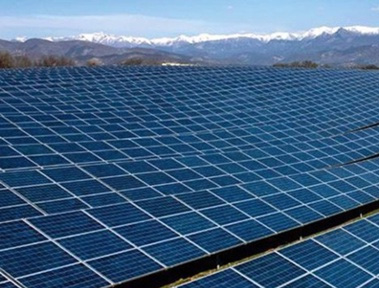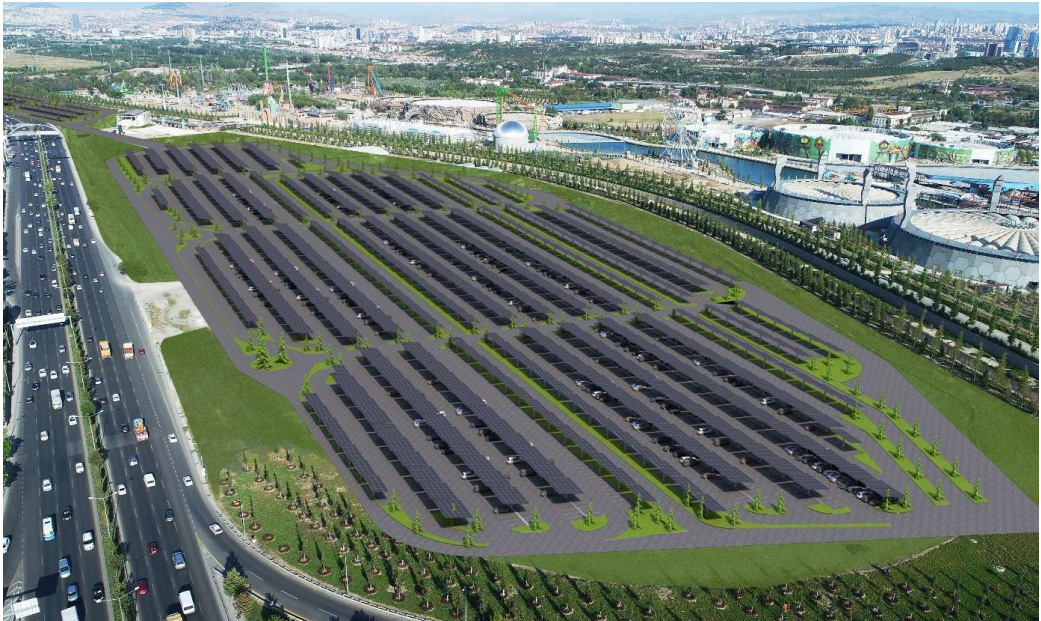
Günümüze değin, araştırılan konu ve geliştirilen sistemlere bakıldığında güneş enerjisinin ısıtmadan soğutmaya, buhar üretiminden, elektrik üretimine çok farklı uygulamalarda kullanıldığı görülebilir. Güneş enerjisinin en yaygın kullanım alanları arasında sıcak su hazırlama, ısıtma ve serinletme gibi çok başarılı evsel uygulamaları sayabiliriz. Fakat son yıllarda araştırmacılar güneş enerjisinin kullanım alanlarını genişletmek adına özellikle yoğunlaştırıcı sistemlerle güç üretimi üzerinde duruyorlar.
Güneş enerjisi ile güç üretimi ya da çok yüksek sıcaklıklı (500-1000 derece mertebelerinde) uygulamalar (hatta 100oC’nin üzerindeki uygulamalar) gerçekleştirilmek istendiğinde odaklı sistemler kullanılmaktadır. Bu sistemlerin genel özelliği, güneş ışınımını yoğunlaştırma oranı mertebesinde noktasal veya çizgisel olarak belirli bir yüzeyde toplamak ve böylelikle bu yüksek yoğunluklu enerji ile yüksek sıcaklıklara çıkmaktır. Bu yüksek sıcaklıklı yüzeyden çekilen ısı, buhar üretiminde ve sonrasında türbin ve jeneratörlerle elektrik üretiminde kullanılır.

Erzurum Kültürpark GES
The Earth receives 174 petawaƩs (PW) of incoming solar radiation (insolation) at the upper atmosphere. Approximately 30% is reflected back to space while the rest is absorbed by clouds, oceans and land masses. The spectrum of solar light at the Earth's surface is mostly spread across the visible and near-infrared ranges with a small part in the near-ultraviolet. Most of the world's population live in areas with insolation levels of 150–300 waƩs/m², or 3.5– 7.0 kWh/m² per day.
Solar radiation is absorbed by the Earth's land surface, oceans – which cover about 71% of the globe – and atmosphere. Warm air containing evaporated water from the oceans rises, causing atmospheric circulation or convection. When the air reaches a high altitude, where the temperature is low, water vapor condenses into clouds, which rain onto the Earth's surface, completing the water cycle. The latent heat of water condensation amplifies convection, producing atmospheric phenomena such as wind, cyclones and anti-cyclones. Sunlight absorbed by the oceans and land masses keeps the surface at an average temperature of 14°C. By photosynthesis, green plants convert solar energy into chemically stored energy, which produces food, wood and the biomass from which fossil fuels are derived.

AnkaGES Otopark Üzeri Çatı Uygulamalı GES